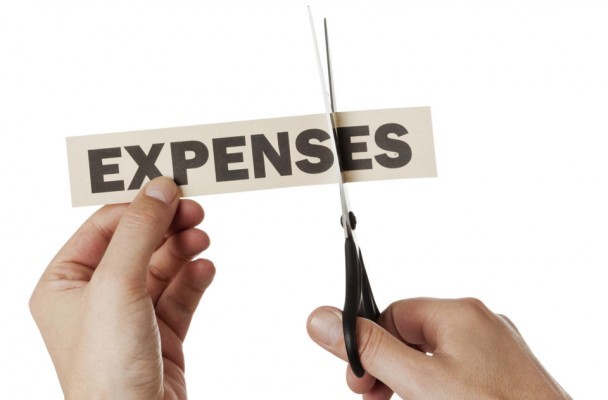Mutual Funds vs ETFs Key Differences You Need to Know
Post on: 6 Август, 2015 No Comment

Deciding between mutual funds or ETFs, or just want to know more? Here are key things to consider when making the choice.
Many people understand the concept of a mutual fund. The person managing the fund chooses companies to invest in and buys the shares. You and all the other investors in the mutual fund have fractional shares in these companies, based on your relative level of investment. In exchange for managing these investments, the fund manager charges a small fee, based on Assets Under Management (AuM). This fee is called the expense ratio and averages 1.4% for an actively managed fund. If sold through a broker, there could also be a “front-end load” which is an up-front percentage charged on the amount invested. Some funds also have a “back-end load”, which are sales charges when you want to sell, often within a set period of time. Obviously these are chunks of money that you would have to make back on your investment before you made a profit.
Investors wanted better choices, so no-load mutual funds started to become more popular. These mutual funds were stripped of sales charges and had very low expense ratios. If you wanted financial advice, you could pay a flat fee or another percentage of AUM for investment advice or financial planning services. No load mutual funds’ expense ratios average 1.08%, lower than actively managed funds, but are still quite a bit.
Investing in index funds. a sub-set of no-load funds, also became a popular way for people to invest directly in a market (S&P 500 Index, Dow Jones Industrial Average, etc.) and cut out management fees. These are no-load mutual funds that invest in specific indexes for you. The average no-load index mutual fund expense ratio is .25%, and some companies have dropped that even lower like Vanguard’s .18%. Your performance should track the corresponding index minus the expense ratio. Sometimes it doesn’t and this is called tracking error. Tracking error can be caused by a number of reasons but it was eliminated with the creation of the Exchange Traded Fund (ETF).
An ETF trades like a stock and its price fluctuates throughout the day, unlike a mutual fund which prices once at the close of the day. ETFs, like index funds, also track a particular index but their fees can be even lower. The average expense ratio of an ETF is .44%, and some are as low as .13% An investor also has to purchase an ETF through a broker, who may charge a fees to buy and sell. Sometimes that fee is waived if you are a already customer of the broker’s firm. Some other key features of an ETF:

- Large set of indices to choose from, in order to diversify your portfolio and assist in asset allocation
- Better tax efficiency, since ETFs don’t require rebalancing securities that a mutual fund requires from time to time
Which is better? Mutual fund, index fund or ETF? That is hard to say and really depends on your personal situation. If you wanted rock bottom fees, diversification galore, and tax efficiency was a concern, a portfolio of ETFs could make sense. However, most people find they are able to get a diversified portfolio at low cost through index funds.
Overall the index, fees, and tax efficiency are the features to look at in considering which is best for you. You can find more research at www.etf.com and www.morningstar.com .














